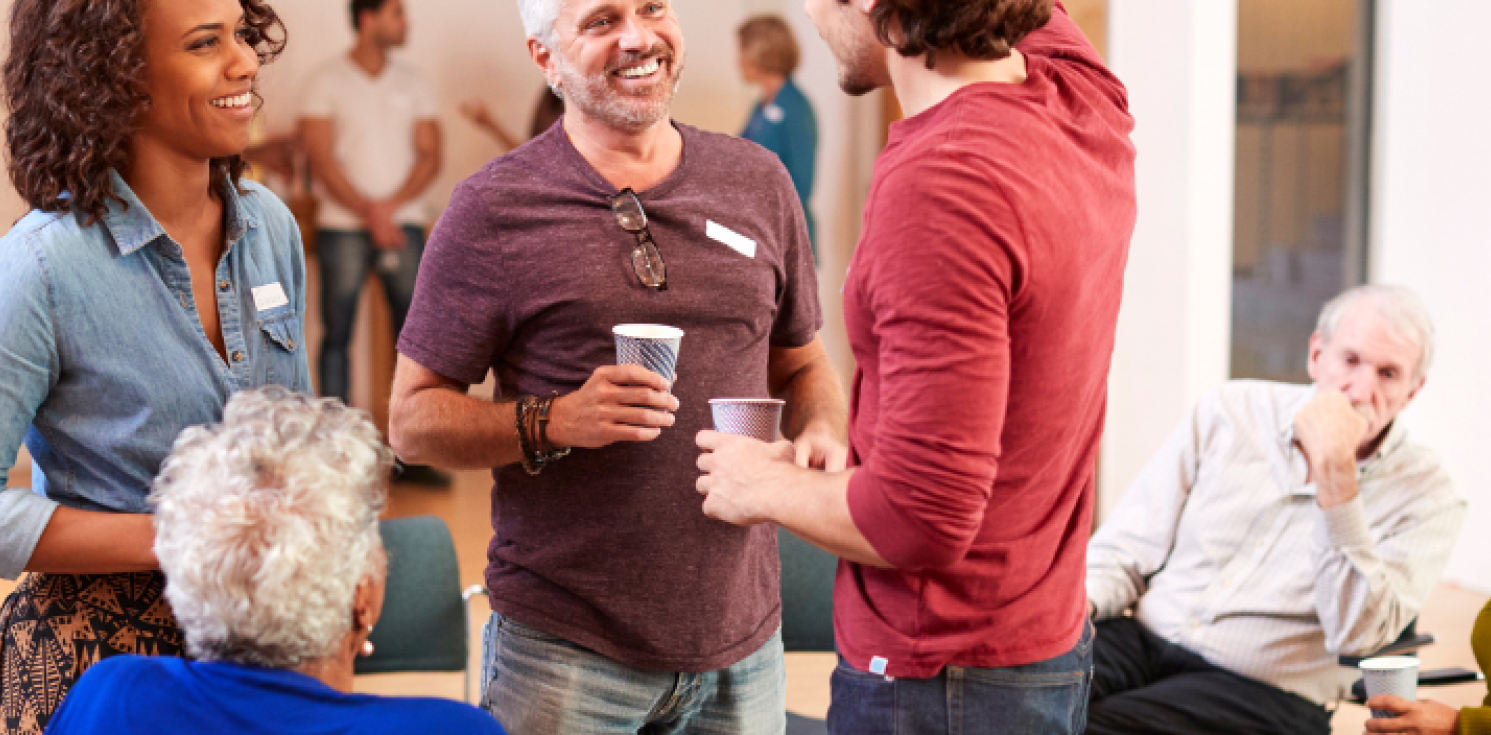Creating inclusive & accessible social media content


Social media is one of the easiest ways to connect with your community—but is your content accessible to everyone? By making a few simple changes, you can ensure that people of all abilities and backgrounds can enjoy and engage with what you share.
Here are some friendly tips for creating inclusive, accessible posts:
Write clear, simple captions
Keep your captions short, clear, and easy to follow. Use plain language, break up long text into short sentences or bullet points, and avoid jargon. This makes posts easier for everyone to read, especially people who may find dense text challenging.
Use CamelCase for hashtags
Screen readers can read hashtags properly when each word starts with a capital letter.
Example: #SundayService instead of #sundayservice.
Add captions to videos
Not everyone can hear audio clearly, and many people scroll with the sound off. Adding captions ensures your videos are accessible and more engaging.
Be colour aware
Use high-contrast colours to make text stand out, and avoid putting words over busy backgrounds. This helps people with low vision or colour blindness, but it also improves readability for everyone.
Prioritise inclusivity & representation
Representation matters. Show the diversity of your community in your posts—different ages, ethnicities, abilities, and experiences. Use language that is welcoming and respectful, avoiding assumptions about people’s lives or identities.
Test your posts
Before hitting “publish,” ask yourself:
“Could someone with limited vision, hearing, or mobility still engage with this post? Does this reflect the inclusive welcome we want to offer?”
If the answer is yes, you’re on the right track.
Final thought
Accessible and inclusive social media isn’t just about following rules—it’s about creating a space where everyone feels represented, welcomed, and able to participate. Small adjustments like captions, colour contrast, and mindful language help your message reach—and resonate with—more people.